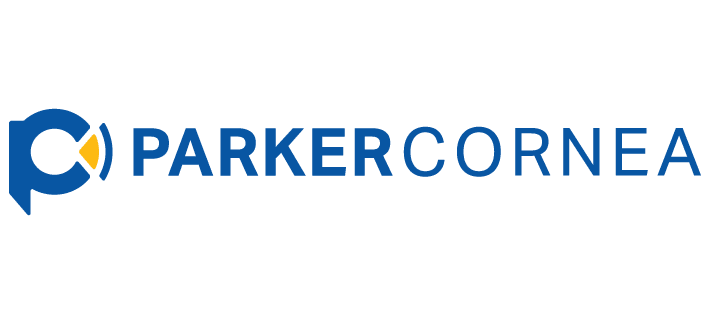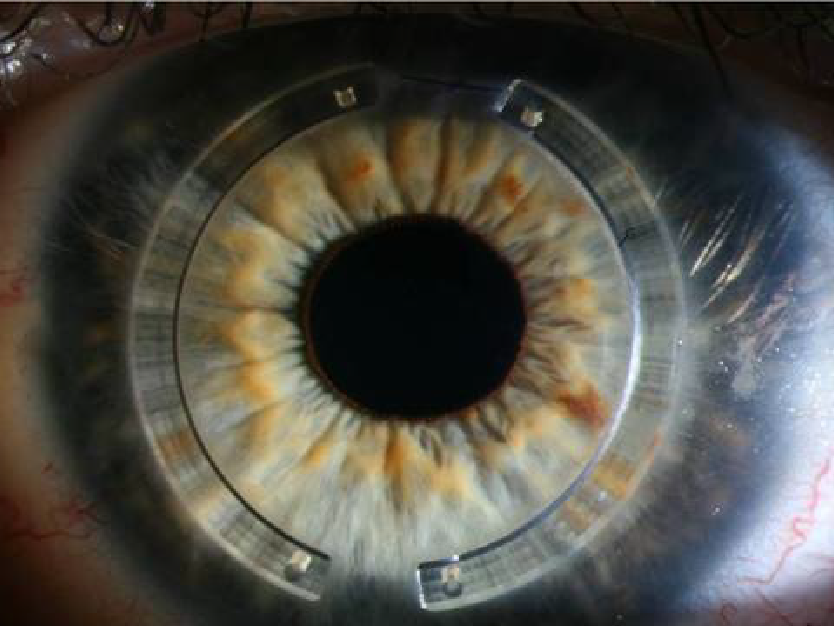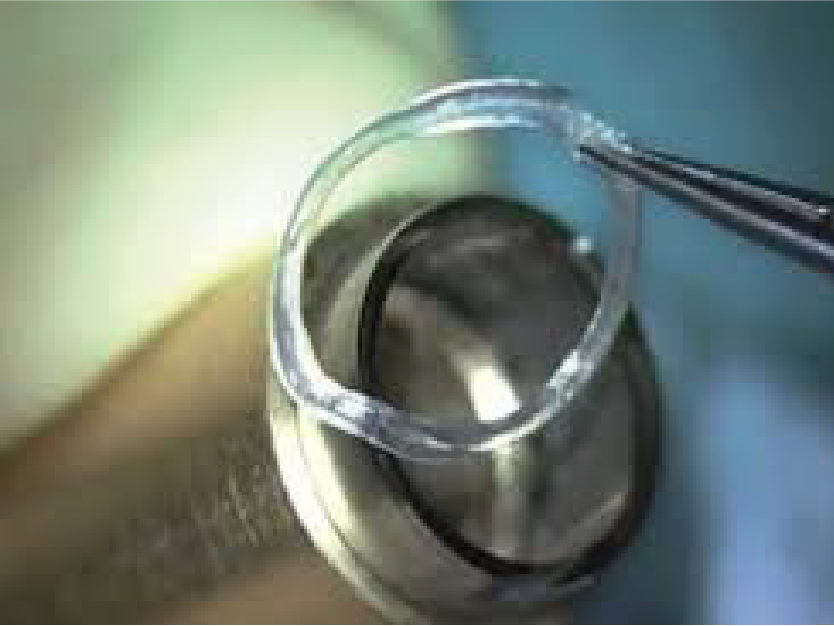Corneal remodeling is often beneficial in patients with diseases that cause corneal shape abnormalities, including keratoconus, pellucid marginal degeneration, post-LASIK ectasia, and others. The goal of corneal remodeling is to reshape the cornea into a more optically normal configuration and thereby to improve your vision and ability to wear glasses and contact lenses.
Compared to (conventional) corneal transplantation, corneal remodeling is significantly less invasive. In addition, remodeling (vs. replacing) the cornea typically involves much less risk and enjoys a considerably quicker / easier recovery period.
Two procedures are now available to for corneal remodeling: INTACS and CAIRS
What are INTACS?
INTACS are acrylic segments which are inserted into the cornea to normalize the shape. These segments are typically implanted in the office, and most often result in a mild to modest improvement in vision, usually equal to 1-2 lines on the eye chart. Many, but not all, insurance plans cover the cost of INTACS implantation.
What are CAIRS?
CAIRS are similar to INTACS, except that the implanted segments are made from human collagen, rather than acrylic. By using collagen, much more of the patient’s corneal warpage may be safely corrected, leading to potentially greater improvements in vision after surgery – usually 3-4 lines, or more. Some – but not all – insurance plans cover the cost of a CAIRS implantation.
Which is better, CAIRS or INTACS?
CAIRS is the newer, more advanced procedure. Compared to INTACS, CAIRS is more likely to significantly improve your corneal shape and your vision. CAIRS may also be a more “natural” solution, since human collagen is used for the procedure, rather than artificial acrylic.
“Eventually I’ll have grandkids, and being able to participate in whatever they have going on really means a lot.”
Hard contact lenses weren’t enough to treat Mr. Johnston’s keratoconus or stop the painful degradation to his cornea. That’s why he decided to move forward with a life-changing procedure called CAIRS. Dr. Jack Parker at Parker Cornea was able to alter the shape of Mr. Johnston’s cornea, improving his vision and restoring his independence.




